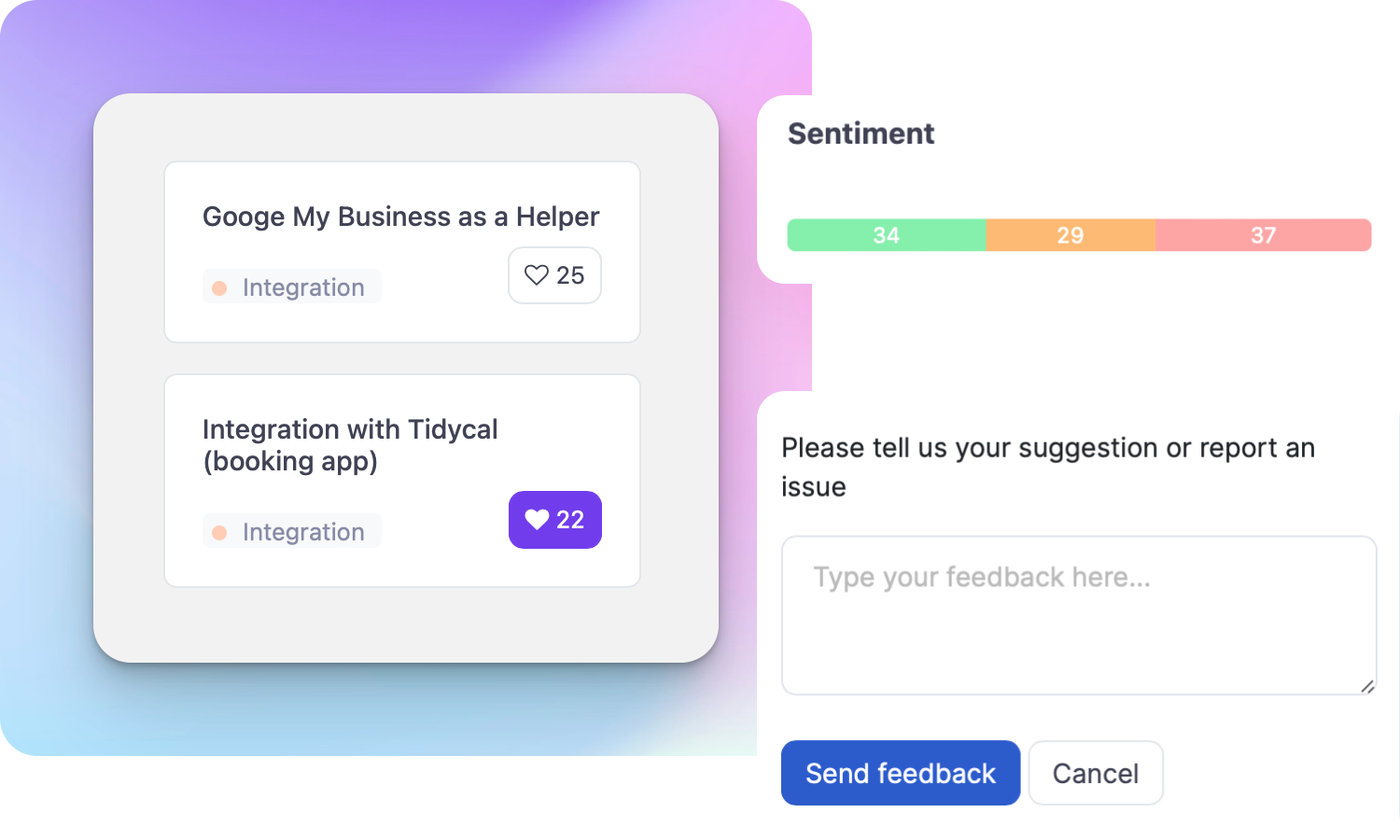Free MoSCoW Prioritization Excel Template

Ruben Buijs
To help you get started with MoSCoW prioritization, we've created a simple Excel template that you can download and use right away:
👉 Download MoSCoW Prioritization Template
What is MoSCoW Prioritization?
MoSCoW is a prioritization framework that helps product managers and teams classify features or initiatives into four categories:
-
Must Have: Features that are critical for the product to function.
-
Should Have: Features that are important but not essential for immediate implementation.
-
Could Have: Nice-to-have features that can be added if time allows.
-
Won't Have: Features that will not be included in this release but may be considered for future iterations.
By organizing features into these categories, MoSCoW helps teams prioritize effectively and focus on what’s essential for success.
For a more detailed explanation of MoSCoW prioritization, check out: Understanding MoSCoW Prioritization
About the MoSCoW Score Excel Template
Our Excel-based MoSCoW prioritization template is designed to be:
-
Easy to Use: Simply categorize your features, and the template will help you visualize the prioritization.
-
Customizable: Adjust it to fit your specific product development needs.
-
Comprehensive: Organize all your prioritization data in one place for easier decision-making.
How to Use the MoSCoW Prioritization Template
-
Open the downloaded Excel file.
-
Navigate to the "Scoring Sheet."
-
List your initiatives or features in the designated column.
-
Assign each item to one of the MoSCoW categories (Must Have, Should Have, Could Have, or Won't Have).
-
The template will automatically categorize and rank your initiatives based on your input.
-
Use the results to guide your prioritization and planning decisions.
Why Use MoSCoW Prioritization?
MoSCoW prioritization can help you:
-
Focus on the most critical product features first.
-
Balance feature importance with available resources.
-
Communicate clear priorities to stakeholders and teams.
Whether you're working on a new product or refining an existing one, the MoSCoW prioritization template will help you manage feature prioritization more efficiently.


